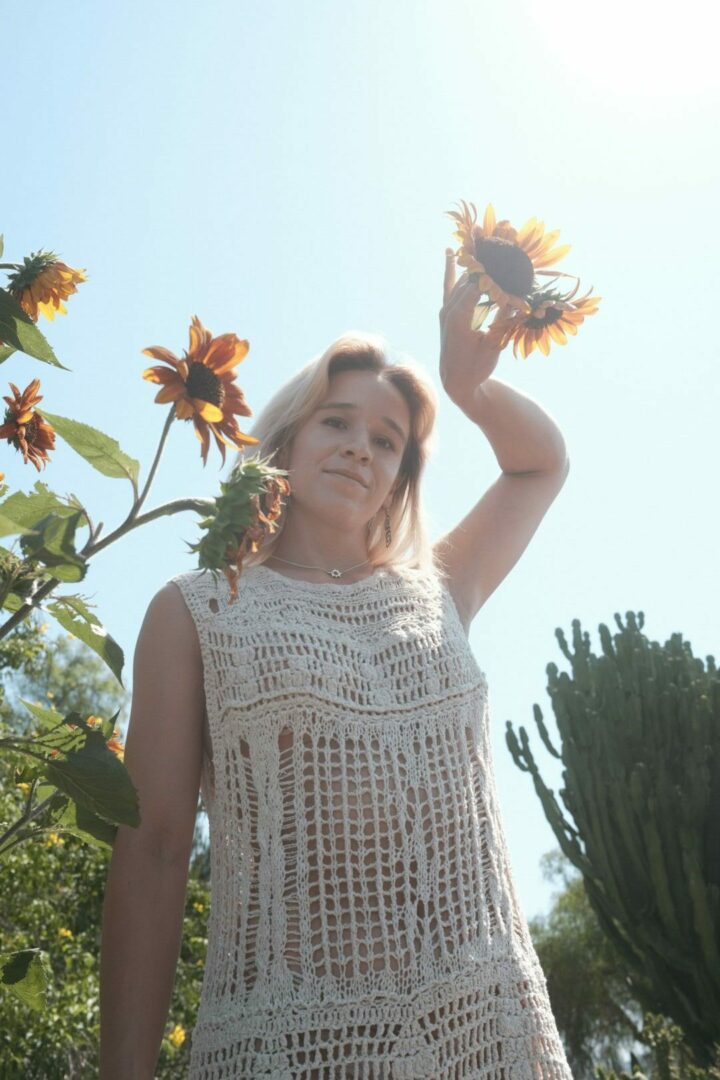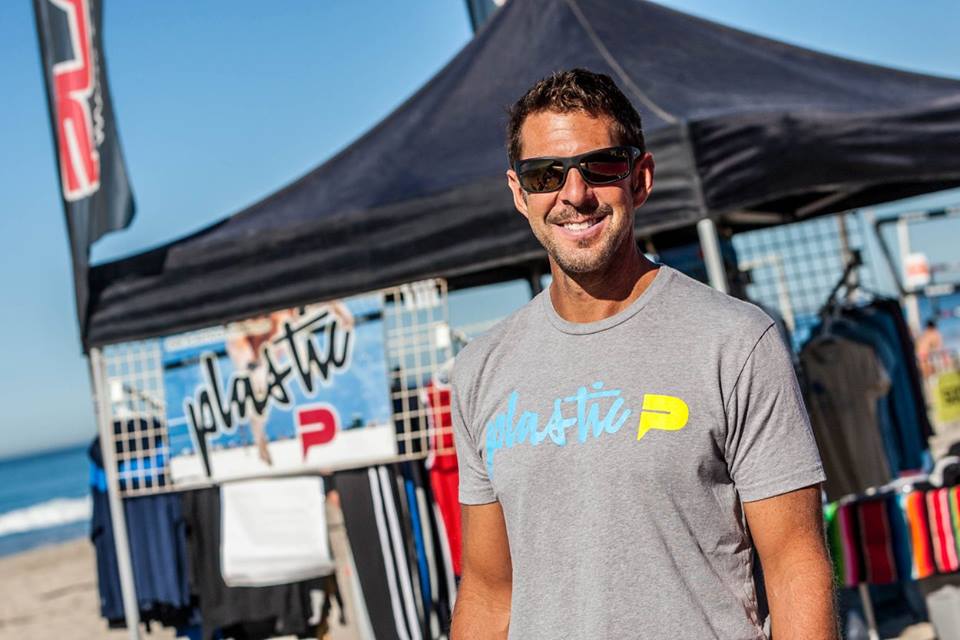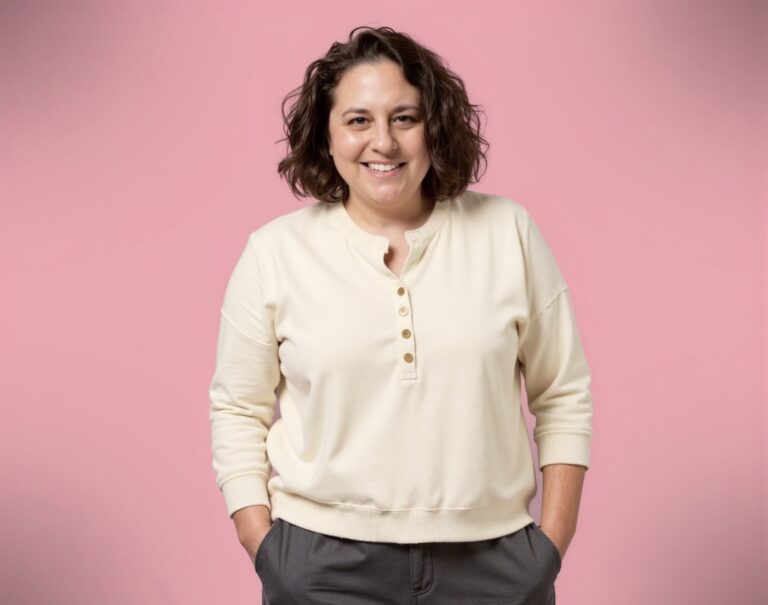We caught up with the brilliant and insightful Margarita Schwiebert a few weeks ago and have shared our conversation below.
Hi Margarita , really happy you were able to join us today and we’re looking forward to sharing your story and insights with our readers. Let’s start with the heart of it all – purpose. How did you find your purpose?
I am still searching! Purpose seeking is a really challenging concept that I obsess over quite often. I seem to have purpose amnesia. Each morning it feels like I wake up and want to start over, try something totally new, or move to a new place.
Maybe this is a symptom of being young, or honestly being terrified of committing to a career that sucks the life out of me. I grew up as a competitive gymnast. My physicality, psychology and way of being was defined by my sport. That, coupled with a academically competitive Silicon Valley school felt a bit like a pressure cooker at times.
I’m really grateful for getting such a good education at a young age, but competitive atmospheres can lead to people being great at things that they don’t actually want for themselves. I’m still searching for that something, but it’s been nice to take the pressure off and explore completely new ways of living, being, and learning. I was used to constantly getting told what to do and how to do it, and creativity was always something that felt like it was all mine.
My purpose is something I tend to obsess about, and my creativity has been a tool that I’ve used to figure out who I am. The Artist’s Way by Julia Cameron really helped me create structure around figuring out the units of my search for purpose. It’s a sort of guidebook for nurturing your creativity, getting unstuck, or living a more vibrant life in general. At the beginning of each day, you’re assigned morning pages–three pages of stream of consciousness style writing–that gets all the noise out of your head and onto the page. I’m usually left with a clearer idea of what it is I’m looking for, whether it’s a person I should reach out to or a small idea that might bring me closer to a more interesting and colorful life.
I like starting with the small things, and seeing how they take shape, like choosing unique plants to grow, trying a new hobby, or reaching out to an artist I admire. It’s definitely a long term approach, and I have to remind myself that there’s no rush in life, only intention. Long story short, I’m still searching, but hopefully creating a fertile environment for long term growth, page by page.
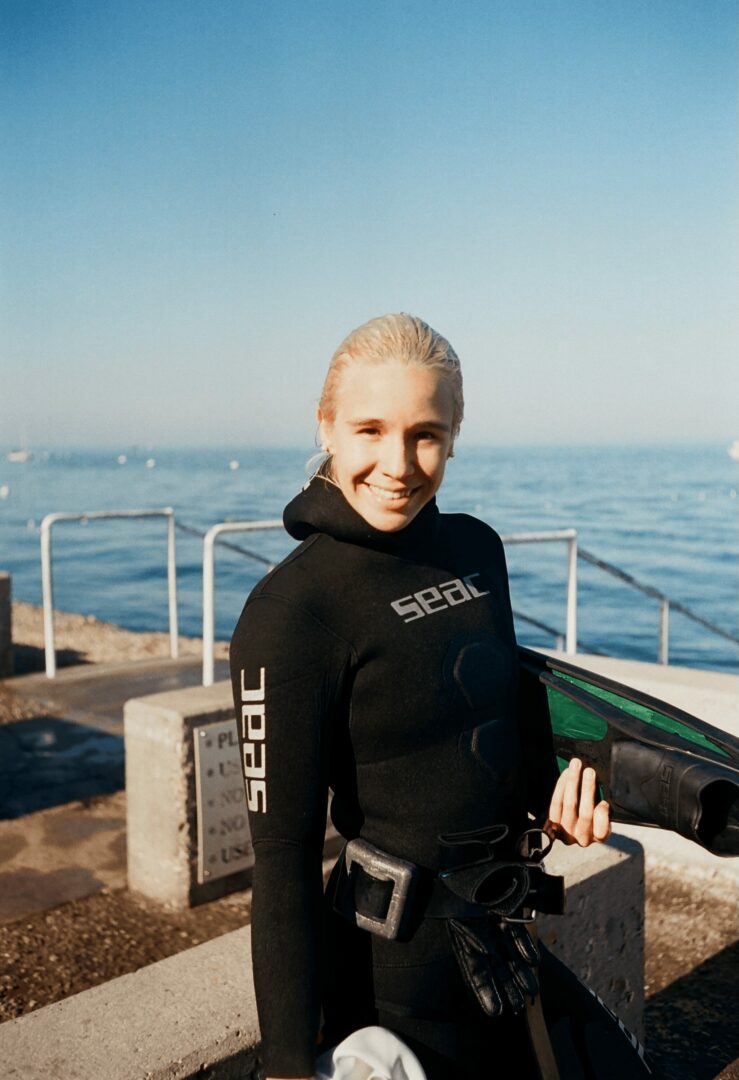
Thanks for sharing that. So, before we get any further into our conversation, can you tell our readers a bit about yourself and what you’re working on?
My plans to row in college got cut short by a devastating back injury my senior year of high school. I had to defer a year from school to relearn how to do basic movements without pain. I was depressed and anxious without my athletic identity, and community, so I just started baking a lot of banana bread. My mom would buy way too many bananas at Costco, so I would have a large supply of bananas to work with! Once I got better, I travelled for 7 months through Latin America, living on farms and volunteering at hostels until I met an amazing family who kind of took me under their wing and let me travel with them for a bit. They were incredibly inspiring human rights activists who taught me a lot about generosity and creating a life on their own terms.
Then I went back to college, still dealing with mental health and chronic pain issues, struggling to adapt to college life–it all felt very “pretend adult” to me. People were partying for the first time in their lives, meals were made for us, and classes didn’t feel very applicable to the real world. I got through it though, majoring in international business while continuing to make banana bread. I was known as the banana van girl, selling bread through the dorm halls, and eventually painting my old minivan blue with yellow bananas.
I fell in love with a boy who helped me paint my van, and we’re still together almost 6 years later. The van still serves as a symbol of creative expression for me; Banana Van Goods is the name of my Etsy Shop where you can find linocut prints, seaweed earrings, and any other fun things I get fixated on. Now, I make and sell pressed seaweed earrings, linocut prints, and do freelance photography/video editing. You can purchase earrings and prints on my Etsy, and follow me on Instagram and TikTok to follow along on my creative endeavors!
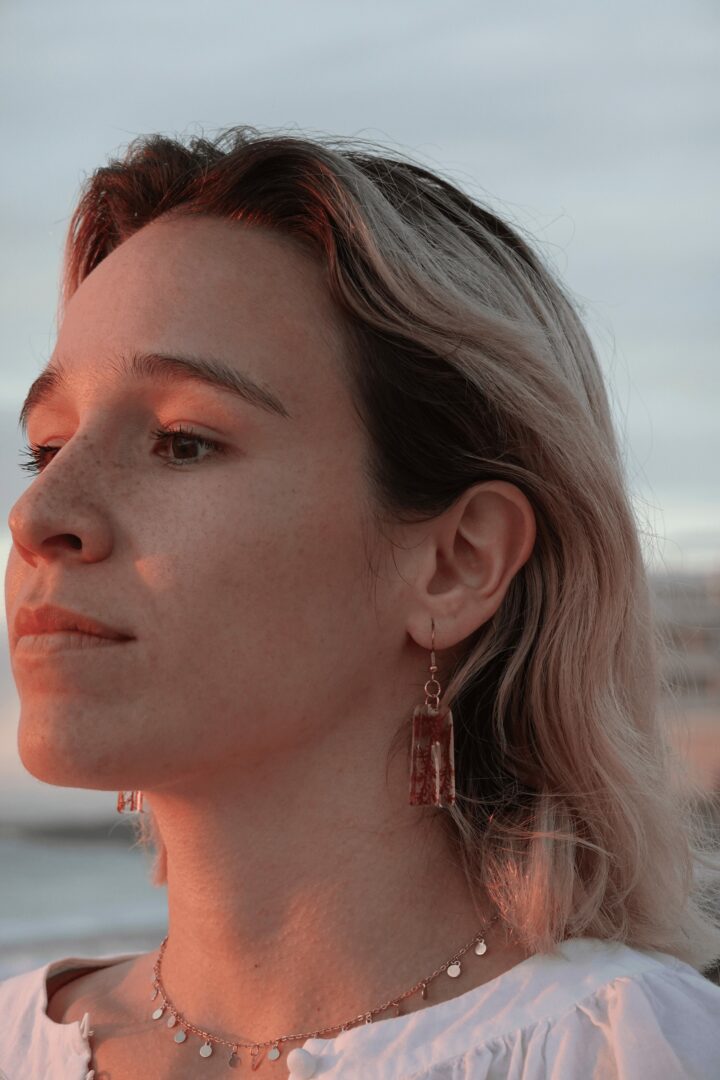
Looking back, what do you think were the three qualities, skills, or areas of knowledge that were most impactful in your journey? What advice do you have for folks who are early in their journey in terms of how they can best develop or improve on these?
I think I have a blend of openness to adventure/experience, discipline, and vulnerability. I am constantly sharing things I make, photos I take, or things I like, which is a vulnerable thing that I think a lot of people avoid. This all takes practice, and sometimes I have days where I feel silly when no one engages with what I like on social media; it oftentimes feels like you’re yelling into the void. I definitely don’t have all the answers, but I have been really lucky to work with some awesome people because of what I put out into the world.
I am currently practicing reaching out to friends of friends and strangers whose work I love even if it scares me to approach someone that doesn’t know me and may think I’m strange for approaching them out of nowhere. Just being helpful or finding ways to genuinely connect with people through a hobby or interest is bound to feed your life in really incredible ways.
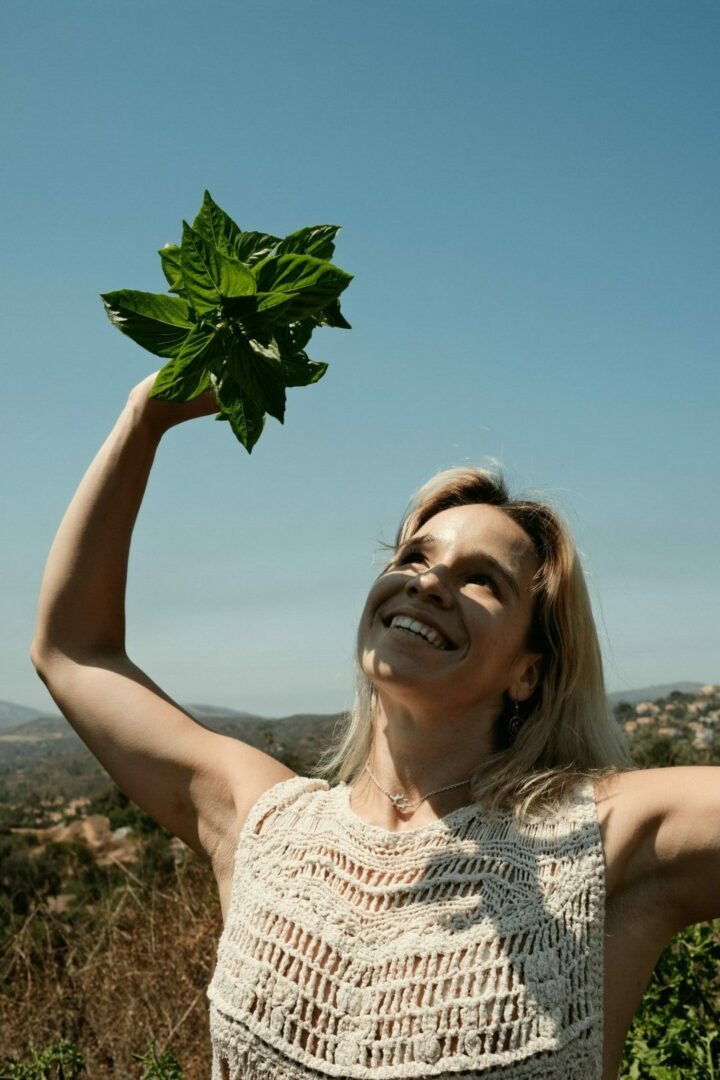
Awesome, really appreciate you opening up with us today and before we close maybe you can share a book recommendation with us. Has there been a book that’s been impactful in your growth and development?
I owe a lot of my creative progress to the tools in the Artist’s Way by Julia Cameron. The biggest tool is called the Morning Pages; Cameron calls these the “brain drain:” three pages of stream-of-consciousness writing completed as soon as you wake up. This is to free yourself of all the angry, whiny, petty stuff that stands between you and your creativity, and is the “primary tool of creative recovery.” Through the pages, you work through what she calls the Censor, our internalized perfectionism that stops us from getting words on the page, painting on the canvas, or sculpting the clay. Novelist Anne Lamott said it best: “She’s given you an assignment that is doable, and I think it’s kind of a cognitive centering device. Like scribbly meditation…It’s sort of like how manicurists put smooth pebbles in the warm soaking water, so your fingers have something to do, and you don’t climb the walls.”
The book also includes different prompts and exercises. Of the exercises, my favorite was a prompt that encouragee me to describe my ideal life as an 80-year-old. The process of picturing and writing down where I saw my life as an older woman uncovered a lot about my true personal values, and now reminds me to actively pursue what 80-year-old Marg would be proud to have done: sharing meals with friends, connecting with nature, taking care of my health. Ultimately, I’ve learned to relinquish myself from the heavy pressure and urgency I find myself consumed in on a daily basis. I’ve learned to listen to what I actually care about, and have allowed this new knowledge to guide my creativity. When my therapist first recommended this book, I didn’t consider myself an artist in the slightest. Now, I’ve emerged, lots of morning pages later, with a reshaped definition of what it means to be creative. It’s taken work, but I’ve learned to fall in love with the process of creation and to hold it as a sacred practice rather than a strict goal or objective that must be reached to evade failure. The Artist’s Way continues to redirect me toward myself and my own creative dreams, and it might do the same for you, too.
“I have come to believe that creativity is our true nature, that blocks are unnatural thwarting of a process at once as normal and as miraculous as the blossoming of a flower at the end of a slender green stem.” -Julia Cameron, The Artist’s Way
Contact Info:
- Website: https://www.margaritaschwiebert.com/
- Instagram: @mmmargggaritaaa
- Linkedin: https://www.linkedin.com/in/margarita-schwiebert/
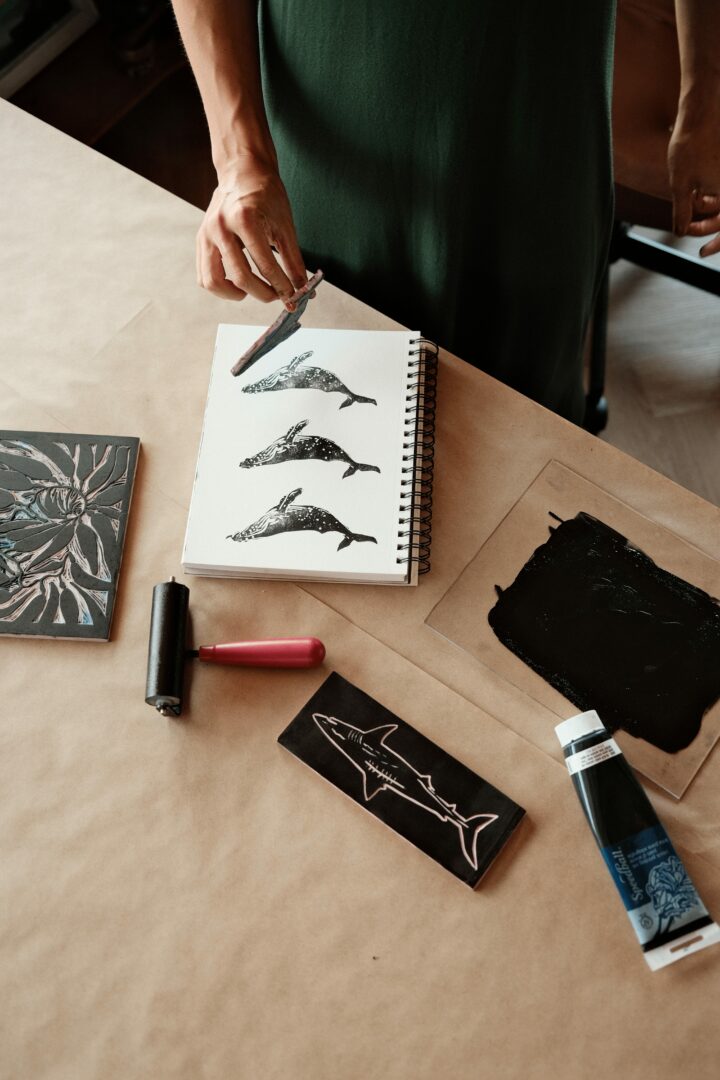
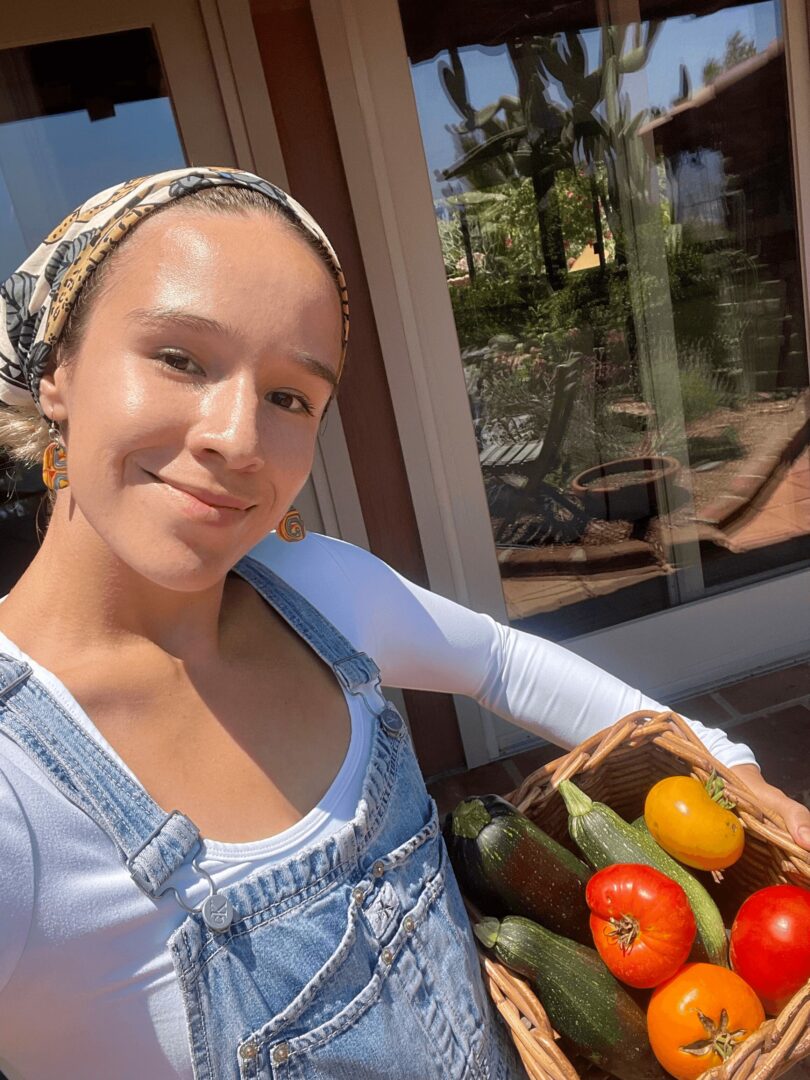
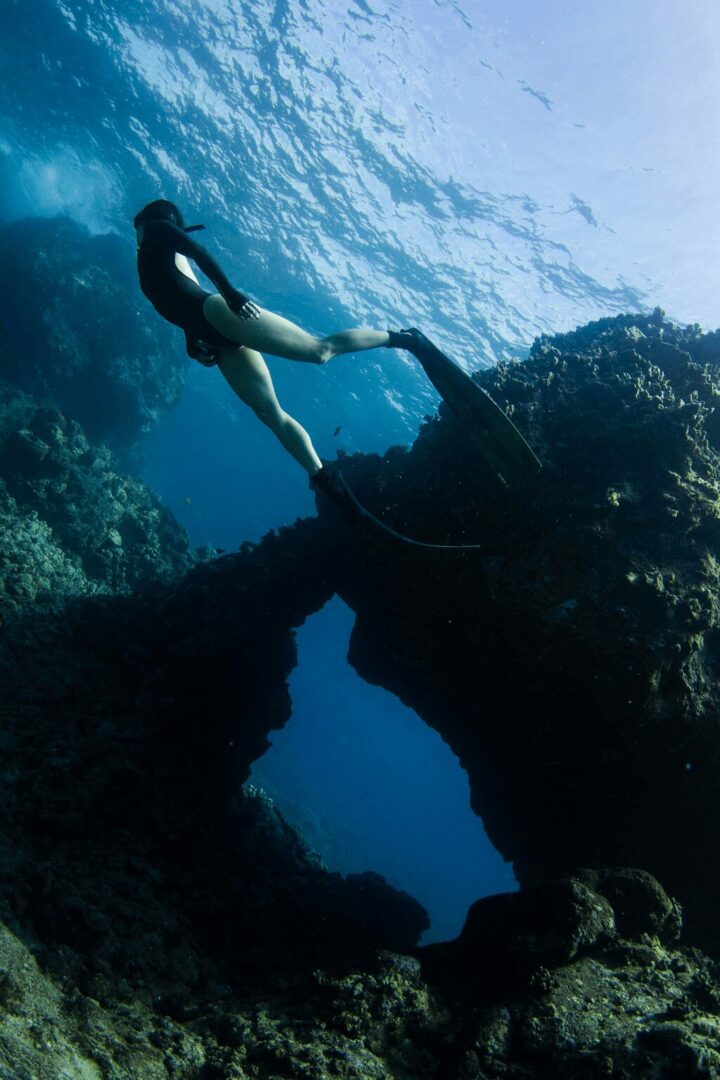
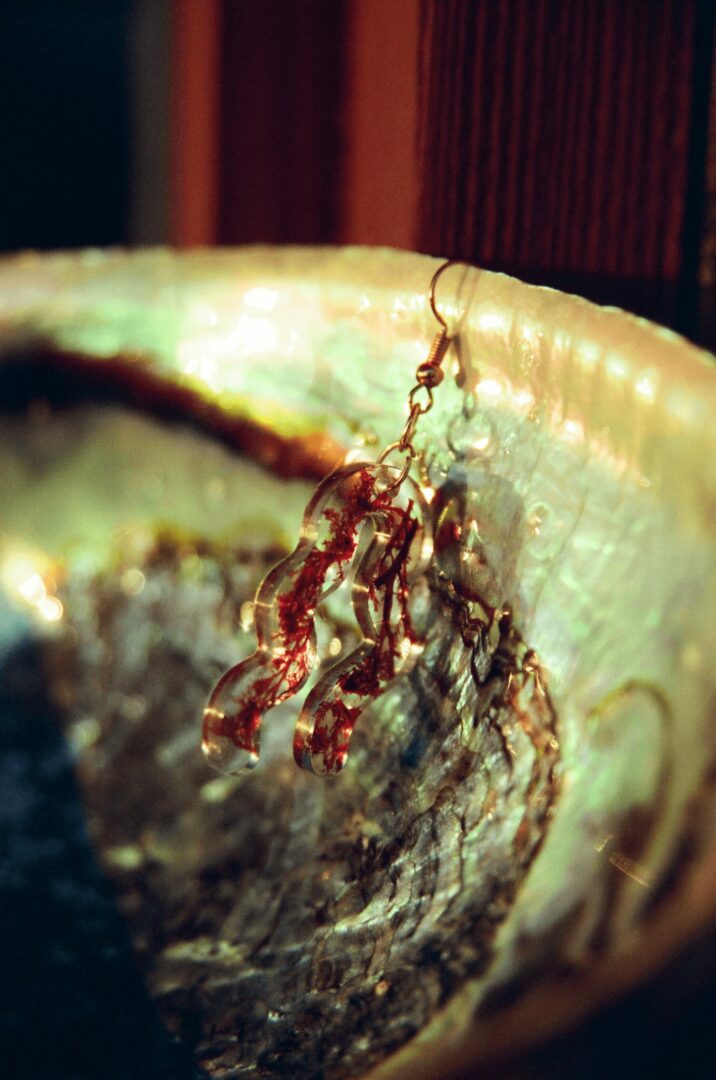
Image Credits
Rianne Elyse Magbuhat, Oriana Poindexter, Grace Peterson, Ean Sierra
so if you or someone you know deserves recognition please let us know here.

